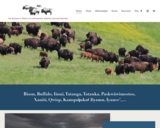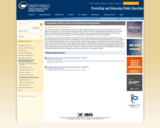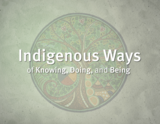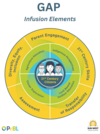«Cette trousse est l’accompagnement en ligne de notre trousse pédagogique itinérante des Boites à histoires. Dans cette trousse, vous trouverez des copies numérisées de chaque objet contenu dans la boite, leur contexte historique, des ressources supplémentaires et des suggestions d’activités. Vous n’avez pas besoin d’emprunter la trousse pour utiliser cette ressource en ligne.
Cette trousse contient des objets et des ressources représentés dans l’exposition phare du Musée canadien de l’histoire, la salle de l’Histoire canadienne. Recueillis à travers tout le pays et mettant en valeur des perspectives variées, les objets qui s’y trouvent mettent en lumière la richesse et la diversité de l’expérience canadienne. Ces objets peuvent servir de points de départ pour parler des différentes périodes de l’histoire du Canada, ou comme leçons de recherche historique qui permettent de développer la pensée critique et les compétences historiques des élèves.
Pour réserver une Boite à histoires, ou obtenir de plus amples renseignements, veuillez visiter museedelhistoire.ca/apprendre/boites-a-histoires
ACTIVITÉS
Il existe deux types d’activités. Les activités dans les trousses et les activités pour les objets.
Les activités dans les trousses proposent des projets qui s’étendent sur un ou plusieurs cours. Ces activités reposent sur les concepts de la pensée historique, dans le cadre de l’exploration de l’ensemble de la trousse, ce qui offre une expérience approfondie.
Les activités pour les objets sont courtes; elles prennent pour la plupart de 5 à 25 minutes à réaliser. Elles encouragent les élèves à exercer leur esprit critique à l’égard des objets présentés et à faire usage des concepts de la pensée historique.
Les deux types d’activités ont été créés selon les conseils de spécialistes de l’enseignement de partout au Canada. Elles intègrent les théories et les méthodes pédagogiques actuelles.»










